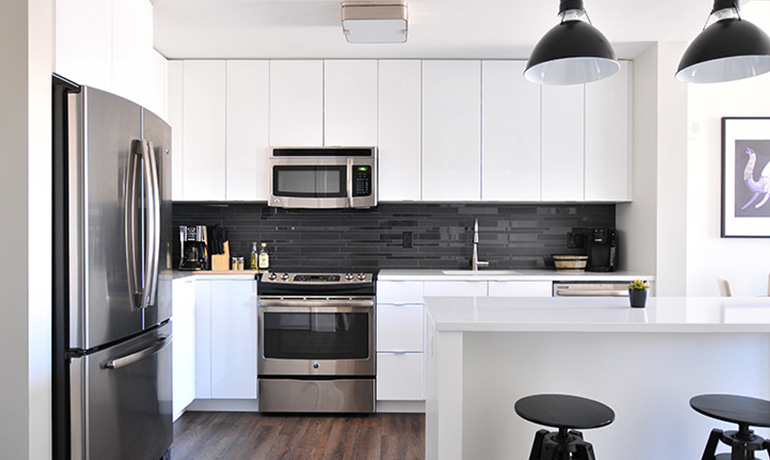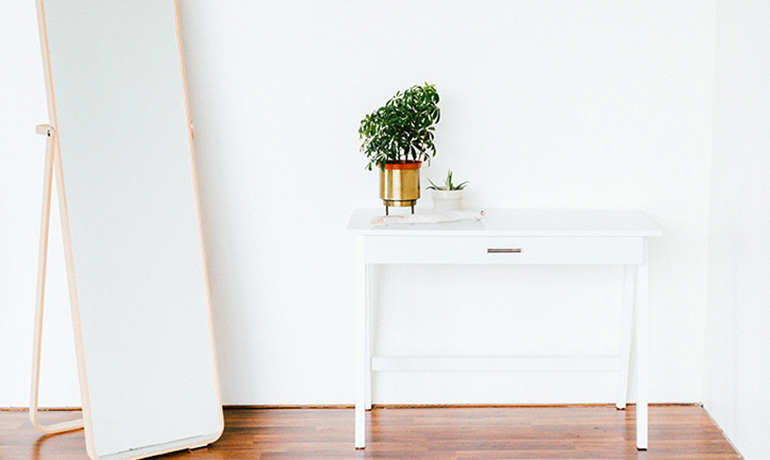How to Customize and Personalize Your MacBook Screen Saver
Customizing your MacBook screen saver adds a personal touch to your device. Here’s a step-by-step guide:
-
Accessing the Screen Saver Settings: Go to the Apple menu and select “System Preferences.” Click on “Desktop & Screen Saver” and then the “Screen Saver” tab.
-
Choosing a Screen Saver: Browse through the pre-installed options in the Screen Saver tab and select your favorite. Preview each one before making a choice.
-
Customizing Screen Saver Settings: Adjust the settings by clicking on the “Screen Saver Options” button. Experiment with different parameters until you achieve the desired look.
Pro Tip: Use your own photos as a screen saver by selecting the “Photo Library” option. Showcase your favorite memories or stunning photography on your MacBook screen.
Top Tips and Tricks for Maximizing Your MacBook Screen Saver Experience
Enhance your MacBook screen saver experience with these tips:
-
Hot Corners: Activate or deactivate your screen saver easily using the Hot Corners feature. Assign a specific corner of your screen to activate the screen saver when you move your cursor there.
-
Energy Efficiency: Adjust the screen saver’s energy settings to conserve battery life. Select a shorter time interval for the screen saver to activate when your MacBook is idle.
-
Screen Saver Password: Add an extra layer of security by requiring a password to exit the screen saver. Choose the desired time interval for the password prompt.
Pro Tip: Keep your MacBook screen saver fresh by periodically changing it or adjusting its settings. Prevent visual fatigue and maintain a personalized experience.
By following these steps and implementing these tips, you can fully customize and personalize your MacBook screen saver, creating a unique and enjoyable experience every time you use your device.
With people spending more and more time in front of their computers, the need to protect their laptop screens from undue strain has never been greater. The right screensaver can help protect your MacBook from dust and physical damage whilst also adding a personal touch to your device. In this comprehensive guide, we will explore the best MacBook screensavers, how to access and customize them, and how to troubleshoot any problems you may face.
The primary function of a MacBook screensaver is to prevent your laptop’s screen from being damaged by dust, dirt, and glare. To ensure your monitor’s long life, you’ll want to choose a screensaver that’s optimized for maximum protection. Fortunately, the Mac operating system makes it easy to find and install a wide range of screensavers, all of which offer a balance of protection and aesthetic appeal.
The best way to find the right screensaver for your Mac is to open your System Preferences and explore the Screensaver options. You’ll find several categories, including nature, landscapes, abstract, 3D and motion graphics, animals, and space, all of which come with a range of options. There are also more personalized options, allowing you to use your own photos and artwork as a screensaver.
Once you’ve chosen a screensaver, you can personalize it further by changing its settings. The ‘Settings’ panel allows you to control when the screensaver kicks in, the display order of your photos, the resolution and aspect ratio of your images and effects, as well as activate Apple’s ‘Hot Corners’ feature if you wish.
For the most part, installing and customizing a MacBook screensaver is a straightforward process. However, if you’re having trouble, there are a few troubleshooting tips you can employ. Try restarting your device, or deleting and reinstalling the screensaver. If none of that works, it’s time to seek professional help.
A good MacBook screensaver can be the difference between a long-lasting laptop and an outdated device in need of repair. By following the steps outlined in this guide, you should now be well on your way to finding and installing the perfect screensaver for your Mac.


